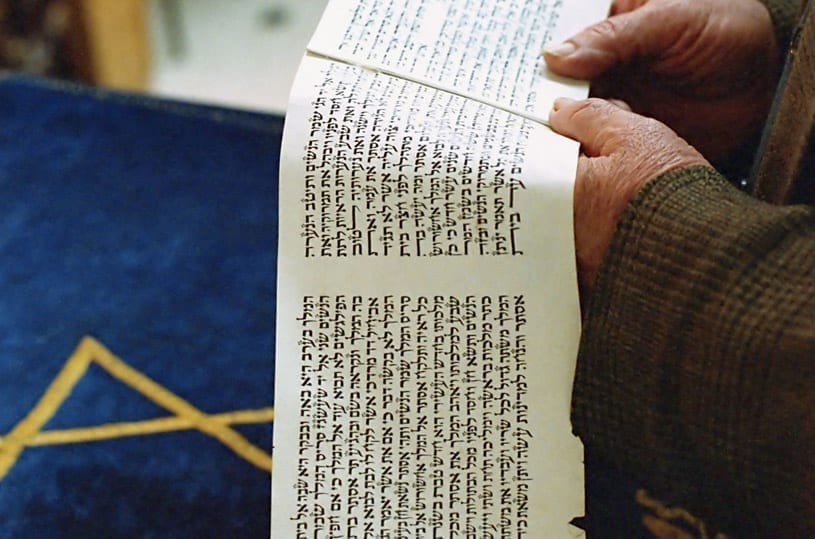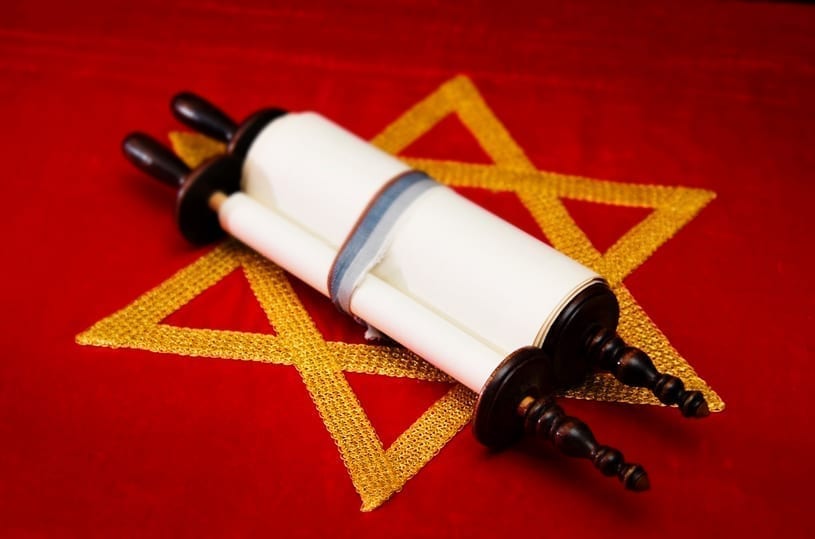“In those days, when King Ahasuerus sat on the throne of his kingdom, which was in Shushan the capital. In the third year of his reign, he made a banquet for all his princes and his servants, the army of Persia and Media, the nobles, and the princes of the provinces who were before him. When he showed the riches of his glorious kingdom, and the splendor of his excellent majesty, many days, yea one hundred and eighty days. And when these days were over, the king made for all the people present in Shushan the capital, for both great and small, a banquet for seven days, in the court of the garden of the king's orchard. Spreads of white, fine cotton, and blue, embroidered with cords of linen and purple, on silver rods and marble columns; couches of gold and silver, on a pavement of green, white, shell, and onyx marble.And they gave them to drink in golden vessels, and the vessels differed from one another, and royal wine was plentiful according to the bounty of the king. And the drinking was according to the law with no coercion, for so had the king ordained upon every steward of his house, to do according to every man's wish.”[1]


Ahasuerus made a great banquet for an unimaginable number of people. This was in accordance with the accepted practice at the time, wherein leaders used to throw luxurious banquets for numerous participants. An example of this practice was found in a victory monument (steele) of the
Assyria king Ashurnasirpal II, who relates how he made a banquet for 69,574 people (!) people to inaugurate his palace.[2]
Midrash Abba Gurion asks: “Why did Ahasuerus make a banquet? … Provinces had revolted against him and he conquered them.” [3] That means that until the third year of his reign, Ahasuerus had to deal with rebellions in provinces opposed to his rule, and only in the third year, after he managed to suppress the uprisings, was he free to celebrate his high position and sovereignty as the king of the Persian Empire.
This information exactly matches the accepted historical and archeological findings about the character and battles of Xerxes-Ahasuerus[4]:
“Immediately after coming to power he suppressed a revolt in Egypt, and ran the country with an iron fist, unlike his father whose control over Egypt was far more lenient. Another rebellion which Ahasuerus brutally put down was caused by his aggressive policy towards Babylon … After this, Ahasuerus settled down into a life of debauchery and behaved like the typical tyrant. This is how the Greeks perceived him, and this is also how he is portrayed in the Book of Esther.”
Adapted from Rabbi Zamir Cohen's commentary on The Book of Esther – Coming soon in English





